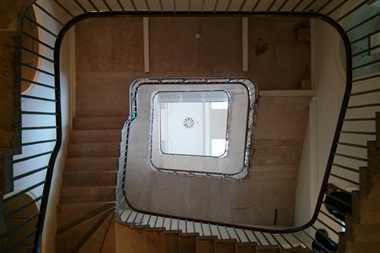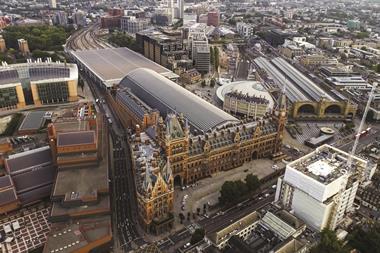And just like that… 2021 was nearly over. For a minute there, I thought we were finally emerging from this Covid nightmare and were going to end the year on a high. It wasn’t to be.

As soon as Omicron entered stage left, the prospects of a bumper festive period exited stage right – as, some would argue, did Boris Johnson’s common sense (again). Here we are, contemplating the prospect of another January lockdown and wondering what it will all mean for us going into 2022, both on a personal and professional level.
Well, call me Ms Glass Half Full, but despite the very real question marks over the future of retail and hospitality, I reckon there are much stronger foundations to build on next year than there were at the end of 2020.
Looking back over 2021 in our review of the year, it becomes clear what a game of two halves it was – and what a humdinger of a second half activity-wise, especially the final quarter.
The green shoots of recovery were already evident at the end of the first half, certainly in the London office market, when German investor Union Investment acquired BT’s global HQ One Braham from Aldgate Developments for more than £429m and Brookfield bought 30 Fenchurch Street from trustees of the Safra family for circa £635m. But by the final quarter, there could be no doubt: the recovery was in full swing, with even Landsec getting in on the act, first doing a deal to buy U+I for £190m (which completed this week) and then snapping up a 75% stake in Salford’s MediaCity and agreeing to buy Lendlease’s 25% stake in Bluewater in Kent.
Not even the most bullish market commentator would have predicted at the start of this year that investment in UK real estate would top pre-pandemic levels by the year’s end, but that is what it is on course to do. If total investment does hit circa £60bn, as JLL is forecasting, it will be almost 50% up on last year’s £42.9bn and 20% up on 2019’s £50.4bn. That would place it in the top five years recorded, leapfrogging the year currently fifth on the list, 2013, which saw £57.5bn invested (the rest of the top five in descending order are 2014 on £67.9bn, 2017 on £65.6bn, 2018 on £63.2bn and 2015 on £62.8bn).
Now, granted, this year’s investment activity is coming off a low base, but it is little wonder that respondents to our latest sentiment survey are cautiously optimistic about the prospects for 2022. Of course, ‘cautiously’ remains the operative word. The percentage of respondents who are ‘slightly more’ optimistic about the future than they were three months ago is double the percentage that are ‘much more’ (32.4% versus 16.2%). But despite nearly two years of Covid and mounting fears over the impact of Omicron, almost half (48.6%) are more optimistic, while just 16.1% are more pessimistic (35.3% feel the same).
By contrast, this time last year, 53.8% were more optimistic than three months earlier and 22.5% were more pessimistic (while 23.8% felt the same). The optimists weren’t just talking the market up – the numbers speak for themselves – but after the extraordinary lows as well as highs of 2021, the pessimists were also right to a certain extent.
Fortunately, the highs outnumbered the lows. As we break for Christmas before regrouping in January to face the challenges ahead, let’s hope the same proves true next year. Merry Christmas and see you in 2022!





























No comments yet